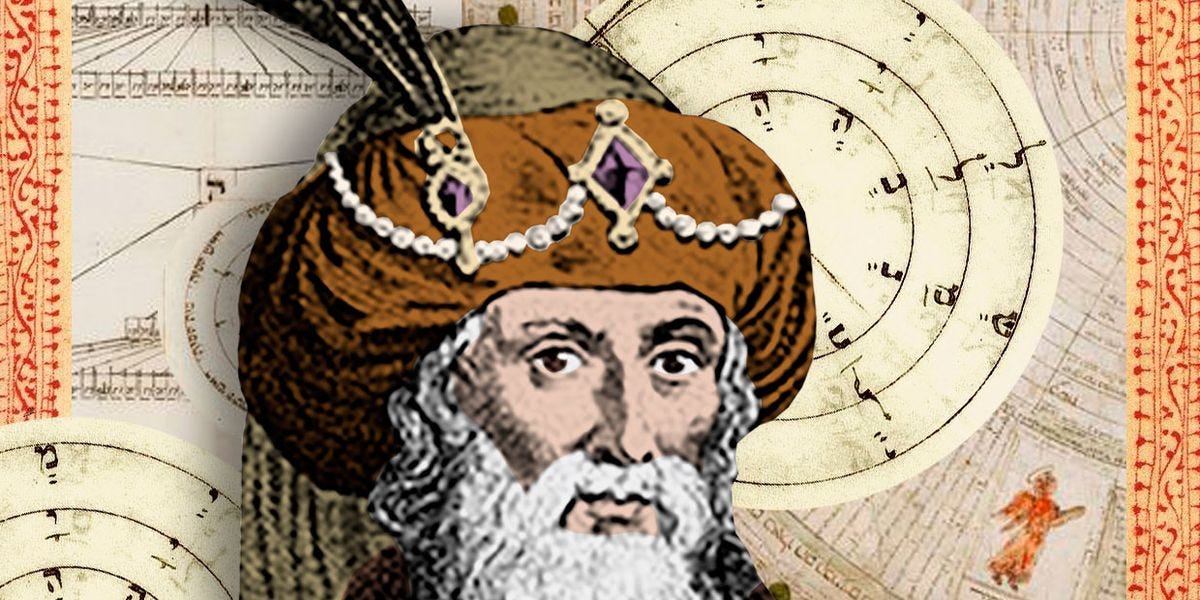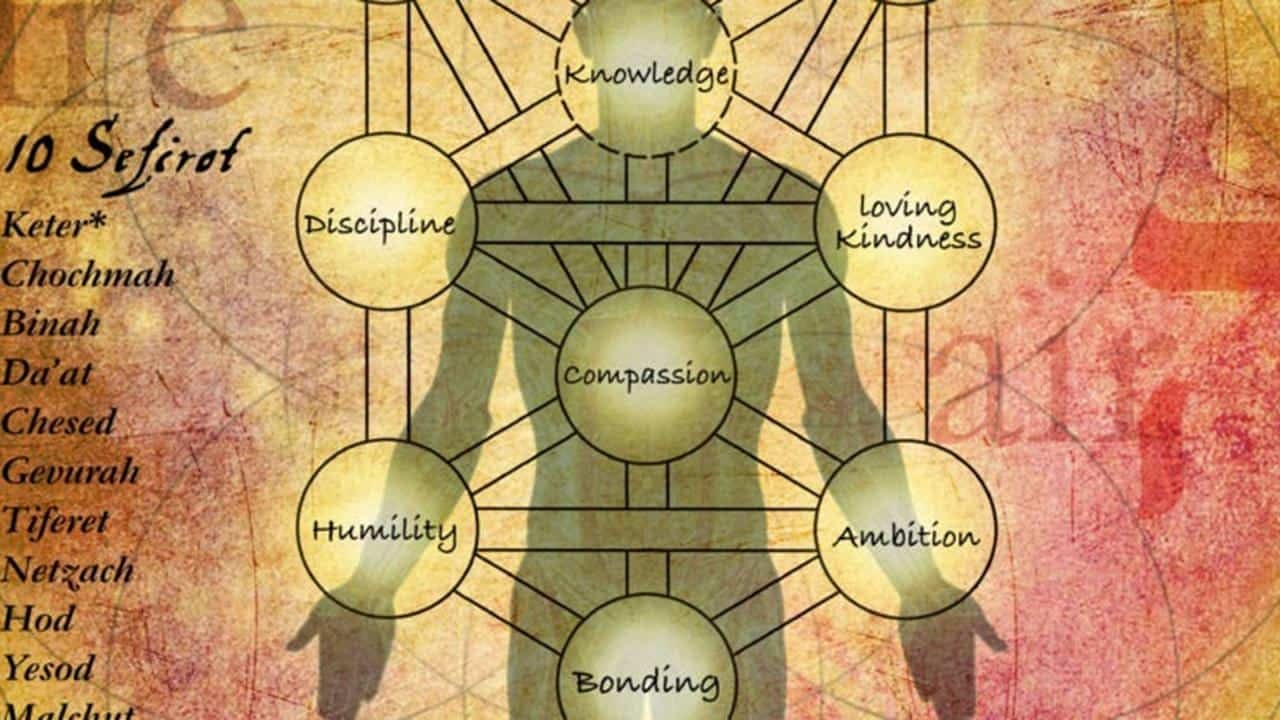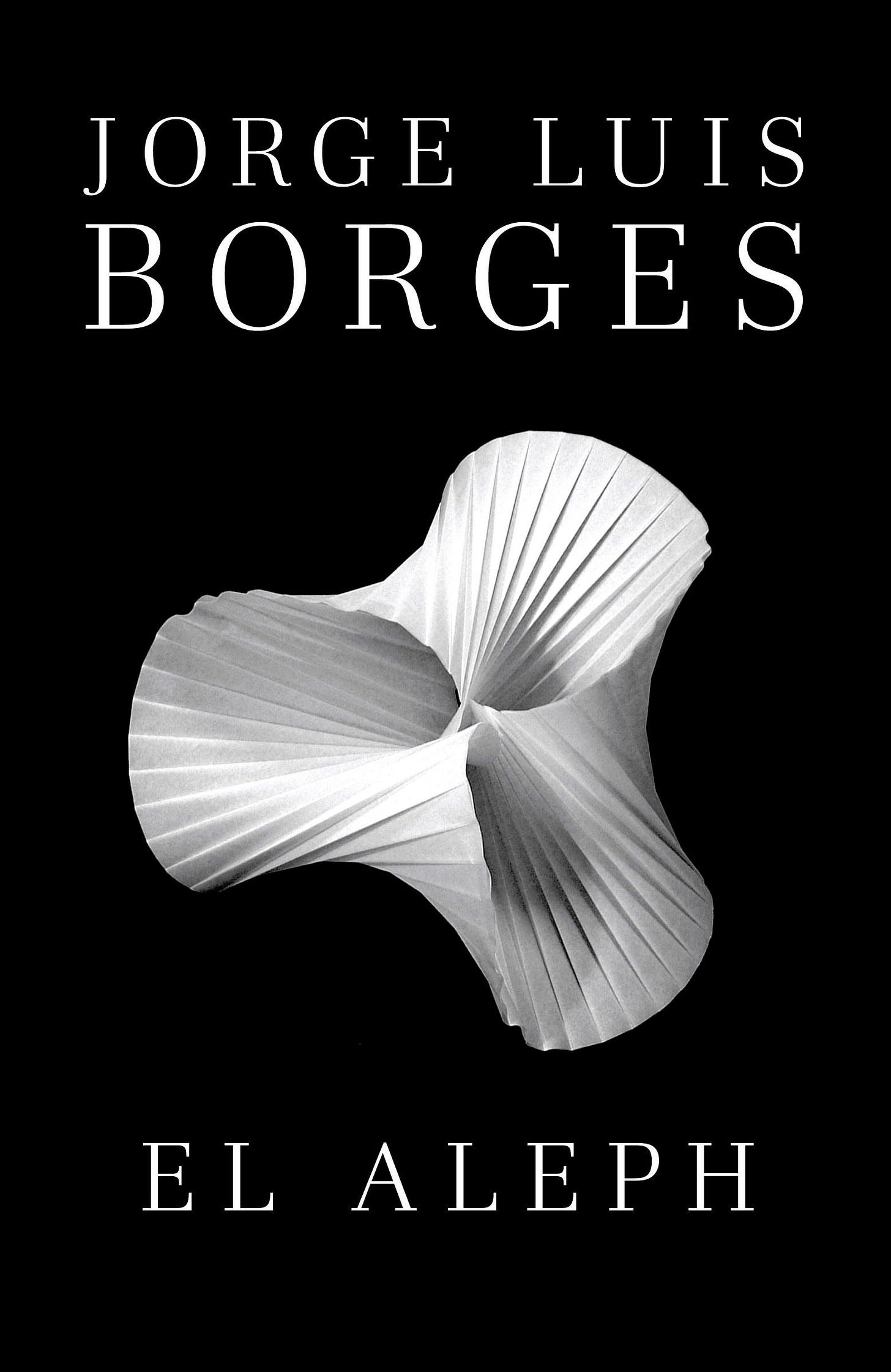Ecstatic Kabbalah and the Art of Kintsugi
On brokeness, repair and the mystical thought of Abraham Abulafia.
I said: what about my eyes?
He said: Keep them on the road.
I said: What about my passion?
He said: Keep it burning.
I said: What about my heart?
He said: Tell me what you hold inside it?
I said: Pain and sorrow.
He said: Stay with it. The wound is the place where the Light enters you.”
– Rumi
There’s a term in Japanese ceramic arts called “Kintsugi.” It means “to join with gold”. When a piece of pottery is broken or shattered, the pieces are gathered and repaired with a golden lacquer. When you look at some of the images of Kintsugi pottery, you will see that they have an ethereal beauty. Somehow, the broken vessels look more exquisite and more beguiling after the repair.
We don’t usually think of repairs this way. We tend to think that if something is broken, it will never be the same, let alone better than before. But these pieces are. They become one of a kind, the golden seams emphasizing their refined beauty, making them entirely unique. It made me think of some of the amazing people throughout history. Those who have broken into pieces but have put themselves back together into something deeper, more complex, and more wondrous than they were before. They are rare, but they offer a glimpse into what can happen to all of us after being shattered into pieces; they provide hope.
I have recently been writing about mystics, and it has been bittersweet. As I delve into the extraordinary lives of those who exemplify the traits I so admire, traits like having a deep and personal connection to the divine, true compassion, a passionate impulse to uplift others, creativity, rebelliousness in the face of stark authoritarianism, courage, beauty, and eloquence, all often occurring in the face of extraordinary suffering, I also encounter staunch resistance, persecution, and attempts to subjugate those traits by the orthodoxies of the time and by the myopia of those around them.
It has set my mind to understanding the reasons for such resistance to what would appear to be the most spiritually accomplished of humanity. Those such as Hildegard von Bingen, Rumi, Ibn Arabi, Mansur al-Hallaj, Meister Eckhart, St John of the Cross, Theresa of Avila, St Francis of Assisi, St Augustine, Joan of Arc. Many were persecuted, and some were executed for their understanding that there could be a direct connection to the divine, to God.
They all suffered in extraordinary ways. I see them now as broken vessels that were repaired through their direct experience of God. There is such a uniqueness to them. Like in Kintsugi, there is no possible way for there to be duplication once their broken vessel is repaired. Maybe, unlike pottery, this renders humans too unusual and powerful in a way that is threatening to others. And so, instead of seeing them as pinnacles of achievement that we can attempt to emulate, we ostracize them, imprison them, or even kill them.
Abulafia
Image: spectrum.ieee.org
One such mystic I have recently encountered was a Jewish Kabbalist from the 12th century named Abraham Abulafia. Born in 1240 in Spain, he founded a branch of Kabbalah known as prophetic or Ecstatic Kabbalah. He was also persecuted, mostly for his assurance that a personal experience of the divine is not only possible but can be taught to others through meditative techniques.
Abulafia believed that through visualizing, speaking, and chanting the Hebrew letters and divine names, one could reach a state of union with the divine and be provided with information ordinarily unavailable. He utilized breathing techniques and head movements corresponding with the different Hebrew letters, sometimes achieving states so unusual that he would see an image of himself sitting in front of him, giving him prophetic knowledge. Of course, he was looked upon with reticence. He told us that through meditation, “now we are no longer separated from our source, and behold we are the source and the source is us. We are so intimately united with It, we cannot by any means be separated from It, for we are It”.
He described this as “cleaving to God” or “Devekut. So moved by his prophetic visions and deep communion with God, he attempted to meet and convert Pope Nicholas III. Abulafia believed he had received a divine command to deliver a prophetic message to the pope. Of course, the Pope viewed him as a threat, ultimately ordering his arrest and execution. Perhaps not coincidentally, the day Abulafia arrived, the Pope died of a heart attack, sparing Abulafia’s life.
Kabbalistic Mysticism
Abulafia’s world of Kabbalistic mysticism, of which I knew little until very recently, holds so much promise of understanding the nature of our relationship with the divine. While I have only scratched the surface of this rich and complex esoteric theological system, a few aspects have affected me deeply. Central to Kabbalistic thought is the notion of a transcendent being, “Ein Sof,” which, while being the infinite source of everything in existence, is itself devoid of any properties apart from existence. It is a complete unity, with no sense of “other.” For Kabbalists, Ein Sof had a desire or will to be in relationship with something, so it “contracted” itself to allow for finite beings to exist that could be guided by their own free will. And so the universe was born.
It’s impossible to imagine or conceive of something so vast it had to constrain itself in order to become the universe. How can we understand something whose contraction resulted in the complexity we currently know about and that which we have yet to discover? Consider the incomprehensible scale of our universe. From something so small that its length, the Planck length, is equal to 1.6×10−34 inches, to the largest known entity in the universe, the Hercules-Corona Borealis Great Wall, a galactic filament that's 10 billion light-years across, meaning it takes 10 billion years for light, that travels at 186,000 miles per second, to cross it. I just learned about an object called TON 618, a black hole with an estimated mass of 66 billion suns.
I know we all have heard facts like these about our universe before, but somehow, they never stop getting me to the point where I’m utterly immobilized from awe. Then there is arguably the most complex thing, the human brain and body, constructed from trillions of components that work together with a complexity so enormous we are nowhere near being able to model even a single cell, let alone the vast network of connectivity found in the brain.
How did Ein Sof, the formless endless being, bring all this about? Ein Sof created space for creation through the process of what Kabbalists refer to as Tzimtzum, a metaphysical contraction or concealment of divine light that allowed finite existence to emerge. This act reflects God’s infinite love, enabling a world where free will, individuality, and the possibility of love and experience of the divine could exist. The vacated space is simultaneously a realm of apparent separation and hidden unity, placing humanity in the role of co-creators tasked with revealing the concealed light and bringing creation back into harmony with Ein Sof.
The Tree of Life
Image: patternsofcreation.com
Kabbalists describe the way Ein Sof contracted itself as flowing through a tree-like structure known as the Ten Sefirot. These ten divine vessels, consisting of divine attributes of God, were created to channel the infinite light of Ein Sof into a God that was not only transcendent but immanent in our world.
So if Ein Sof succeeded in bringing its divine light into our universe, why is there evil and darkness? One beautiful Kabbalistic account of how our finite world became imperfect, even though it was created from a perfect source, is that the sephirotic vessels were inadequate to hold the intense divine light and thus shattered. The shards have been scattered, with their bits of divine light embedded within the world and within each one of us.
The purpose of human life, according to this form of Kabbalah, is to engage in what is known as tikkun olam, which means repairing the world, a process of spiritual rectification aimed at changing the fallen sparks of divine light into flames within each of us, thus restoring balance and harmony to creation. So, it is our job in this life to find that divine spark within and help repair the shattered vessels, making them more beautiful than they were before.
It is our job to provide the golden lacquer, like in the ceramic art of Japan. Abulafia provides ways forward to aid us in finding that spark within us and fanning it. One way he describes this is through meditating on the Hebrew letter aleph. He calls it the source, the first letter, the first emanation. He asks us to see it in our mind’s eye and cause it to glow, spin, revolve, shrink, and grow. Aleph is the one, as Ein Sof is the one.
“I saw the Aleph, from all points, I saw the earth in the Aleph, I saw my face and my viscera, I saw your face, and I felt dizzy and cried, because my eyes had seen that secret and conjectural object, whose name they usurp to men , but which no man has looked at: the inconceivable universe.”
― Jorge Luis Borges, El Aleph
Abulafia tells us to sit alone in the night, with candles lit, and hear the voices that come to us by silencing the mind and visualizing the Aleph. We are to know our higher self, to see it, feel it, and thus know of the unlimited realms of existence. We are to dissolve so we can go to the realm of all possibilities. I attempted to do what he said and meditated this way. It was reminiscent of some of the times after long silent retreats when I felt myself dissolve so much that all I sensed was an empty void and a peace that is indescribable. Many mystics, spiritual teachers, and some who have had near-death experiences talk about entering this “void.”
Far from being empty, it is a fullness of potentiality beyond any concepts or constraints, a void that holds everything within it. It’s not pure emptiness or nothingness. It's a nothingness so full that it holds even more than the universe. Perhaps it is heretical to think you could have any union with that. But more and more people are experiencing this divine joining and coming out of it with reverence and a deeper compassion for the world and humanity. Abulafia would be delighted to know this, as the goal of the mystic is to assure us all that divine union is not meant only for the few but for everyone.
The experience of the infinite void is an extraordinary mystical experience that can immediately alter one’s perception of life. However, I’ve heard many spiritual teachers claim that the ultimate goal of our souls is to permanently merge completely with this divine nothingness. This has never sat right with me. I don’t have the desire to dissolve back into pure potentiality and remain there. Ein Sof didn’t even want that. Ein Sof desired relationship, contrast, and differentiation to experience something other than itself. It wanted to co-create with us and come along for the ride. It wanted us to experience the love overflowing from it and to reciprocate that love.
To be alive and thrive is to live in the world of actuality and to work tirelessly at rectifying it. I believe we really want to create a more beguiling, captivating vessel in which to live fully, love deeply, and play within in childlike joy and wonder. Not only can we put our shattered pieces back together, but we can put the shattered pieces of our world together. What beauty will the world reveal when it is rectified through us?
Perhaps then we will see that we don't need to dissolve into pure nothingness. Instead, we will enjoy touching that pure potentiality and emerging from it with more capacity to expand into ever-widening circles of experience, each of us through our utterly unique vessel. We can thank the mystics for bravely showing us the way and for providing examples of where our journey through being shattered can ultimately take us.
I live my life in widening circles
that reach out across the world.
I may not ever complete the last one,
but I give myself to it.
I circle around God, that primordial tower.
I have been circling for thousands of years,
and I still don't know: am I a falcon,
a storm, or a great song?
—Rainer Maria Rilke








What a beautiful essay! I totally believe in tikkun olam. That is our purpose on this earth in this incarnation. I love the concept that all people can experience the Oneness of us all and return to us refreshed and ready to begin again the work that has been set out for us. Blessings to you.
So much to consider in this rich and expansive piece. Thank you.
"I’ve heard many spiritual teachers claim that the ultimate goal of our souls is to permanently merge completely with this divine nothingness."
Often the most realized beings dedicate their lives to healing the separation of humanity.
A Bodhisattva identifies with eternity, but fully participates with the temporal.